Emergency Fund Planning: Step-by-Step Guide for Beginners
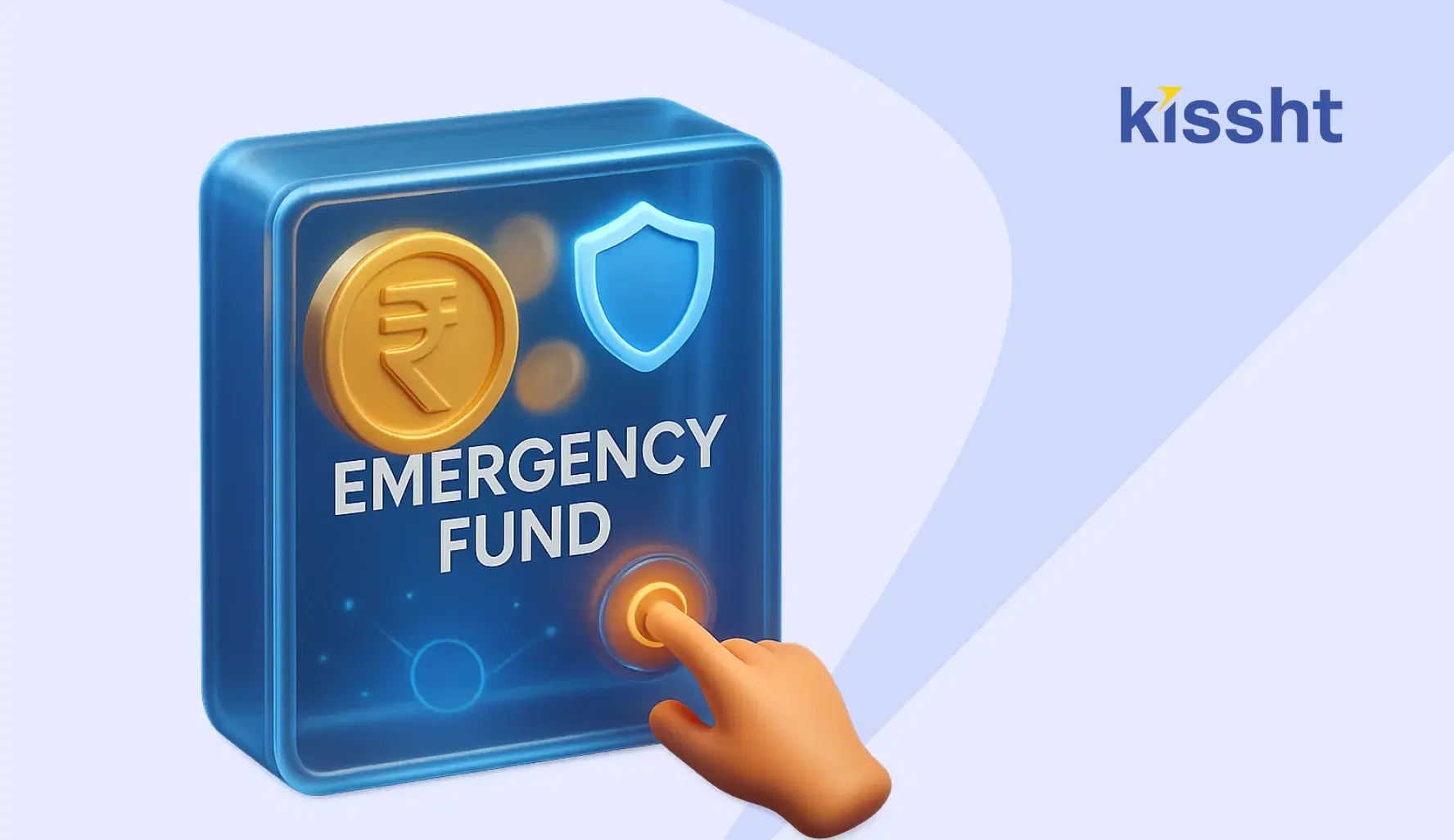
Unforeseen expenses can arise at any time—medical bills, home repairs, or even a sudden travel requirement. Having a financial cushion makes these situations manageable instead of stressful. This is where the concept of an emergency fund becomes crucial.
For beginners, understanding how to plan and build this fund is the first step toward financial stability. At the same time, having access to tools like an online loan app, emergency loans, or even an instant emergency loan from the best loan provider can help bridge the gap when funds fall short.
This article explains what an emergency fund is, why it matters, and offers a clear step-by-step guide on creating an emergency fund from scratch.
What is an Emergency Fund?
An emergency fund is money reserved to handle unexpected financial needs. Rather than depending on credit cards or loans in times of crisis, this fund provides quick access to cash.
-
Emergency fund meaning: A dedicated pool of savings to deal with unplanned events without disturbing your regular budget.
-
It covers urgent costs like hospital expenses, sudden car repairs, or a few months of living expenses in case of job loss.
-
The fund should be easily accessible, preferably kept in a savings account or liquid investments.
Why Do You Need an Emergency Fund?
The purpose of an emergency reserve is to provide financial security. Without it, individuals may need to borrow at high interest or sell assets at unfavorable times.
Here’s why it is essential:
-
Protects against sudden income loss.
-
Helps avoid debt during medical or personal emergencies.
-
Ensures mental stability when facing uncertain situations.
-
Keeps long-term financial goals like buying a house or retirement savings intact.
How Much Emergency Fund Should I Have?
A common question beginners ask is: how much emergency fund should I have?
The general recommendation is to save at least 3 to 6 months of living expenses. However, the exact amount depends on your lifestyle and responsibilities.
| Monthly Expenses (₹) | Suggested Emergency Fund (₹) |
|---|---|
| 25,000 | 75,000 to 1,50,000 |
| 50,000 | 1,50,000 to 3,00,000 |
| 75,000 | 2,25,000 to 4,50,000 |
| 1,00,000 | 3,00,000 to 6,00,000 |
If you are self-employed, it is better to save enough for 9 to 12 months' worth of expenses due to the uncertainty of income.
Step-by-Step Guide: Building an Emergency Fund
Here is a simple roadmap for beginners:
Step 1: Assess Your Expenses
Calculate your monthly fixed and variable costs, including rent, groceries, utilities, and transport. This gives you a baseline for your emergency savings target.
Step 2: Set a Realistic Goal
Decide the amount you want to save. For example, if your monthly expense is ₹40,000, your emergency fund should be around ₹1,20,000 to ₹2,40,000.
Step 3: Open a Separate Account
Keep your emergency savings separate from your daily spending account. This reduces the temptation to use it for non-urgent needs.
Step 4: Automate Savings
Set up auto-transfers from your salary account into your emergency account. Consistency is key to building the fund.
Step 5: Start Small and Scale
If saving 6 months’ worth at once feels overwhelming, begin with a target of 1 month, then gradually expand.
Step 6: Use Bonuses or Windfalls
Any extra income like work bonuses, tax refunds, or side hustle earnings should directly go into the emergency reserve.
Step 7: Keep it Liquid
Avoid locking this money in long-term investments. Choose savings accounts, recurring deposits, or liquid mutual funds for easy access.
Alternatives When Emergency Fund Falls Short
Even with careful planning, there may be times when your savings are not enough. For such scenarios, financial tools come into play.
-
A reliable emergency loan app can provide quick access to funds in urgent situations.
-
Platforms like Kissht, one of the top quick loan apps, are useful for short-term requirements.
-
For larger expenses, you can explore instant emergency loan options through Kissht to avoid credit card debt.
Remember, loans should only be considered as a backup and not a substitute for building your own savings buffer.
Smart Habits to Maintain an Emergency Fund
-
Refill immediately after withdrawal.
-
Avoid unnecessary spending from the fund.
-
Review the required amount once every year, as expenses may change.
-
Do not keep it entirely in cash; balance between liquidity and growth.
Emergency Fund vs Emergency Loans
To make it clearer, let us compare:
| Feature | Emergency Fund | Emergency Loans |
|---|---|---|
| Source of Money | Your own savings | Borrowed from a bank or online loan app |
| Accessibility | Immediate if kept in savings/liquid fund | Depends on approval and processing time |
| Cost | No interest cost | Interest and charges apply |
| Financial Security | Provides peace and independence | Useful only when funds fall short |
Both options complement each other, but a fund should always be the first line of defense.
Common Mistakes to Avoid
-
Delaying the start of savings.
-
Using the fund for vacations or shopping.
-
Relying entirely on loans without building savings.
-
Keeping the money in risky investments that may lose value when you need it most.
Final Thoughts
Planning for emergencies is not about predicting the future but about being ready for it. An emergency fund gives you financial stability when life takes unexpected turns, while access to tools like an emergency loan app or instant emergency loan from the best loan provider ensures you are never left without options. Starting small, saving consistently, and keeping the money accessible are the most practical steps to build this safety net. Over time, this simple habit will provide the confidence to face challenges without derailing your financial goals.
FAQs
1. What is an emergency fund and why is it important?
It is a financial reserve meant for sudden expenses such as medical needs or job loss. It prevents you from falling into debt during crises.
2. How much should I save to build an emergency fund?
It is recommended to set aside at least 3 to 6 months of your living expenses. If self-employed, aim for up to 12 months.
3. Where should I keep my emergency savings?
Savings accounts, recurring deposits, or liquid funds are good options since they allow quick access without penalties.
4. Can I use an emergency loan if I don’t have enough savings?
Yes, you can opt for emergency loans through a trusted emergency loan app or explore instant emergency loan options from the best loan provider, but always aim to build your own fund.
5. How to create an emergency fund if I live paycheck to paycheck?
Start small by setting aside even 5 to 10 percent of your income. Automate the process and use bonuses or extra earnings to boost savings.

Instant Loans at Your Fingertips
Personal Loan
Fast, hassle-free loan for your personal needs.

Business Loan
Fuel your business growth with quick approvals.

Loan Against Property
Unlock your property’s value with ease.

Credit Pulse
Boost your credit score with smart insights.

Track your credit score
Simply enter your mobile number to get a quick overview of your credit score.
Check Now
Related articles

Nov 25, 2025
Types of Personal Loans in India: A Practical Guide for Everyday Borrowers
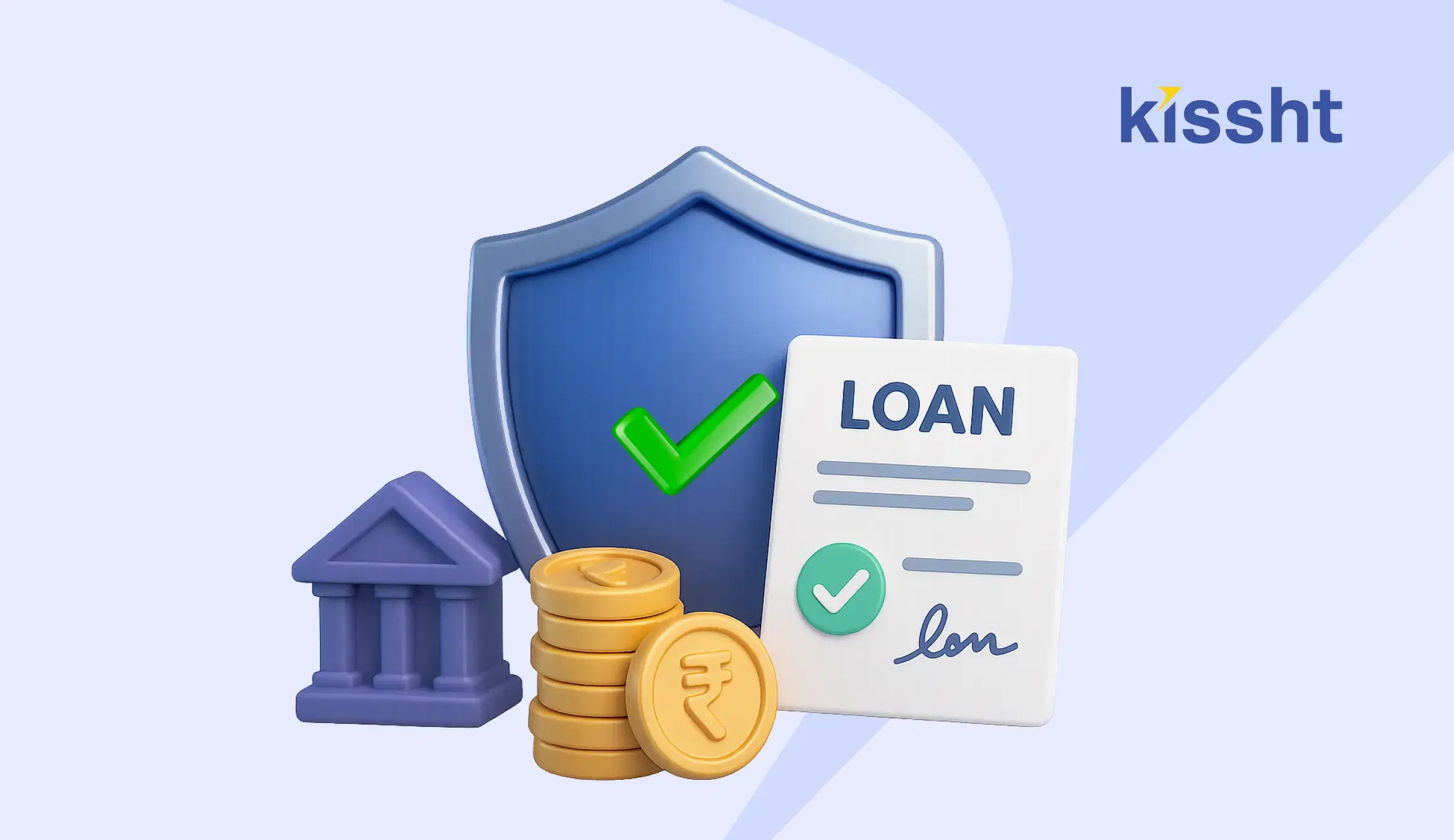
Nov 28, 2025
Personal Loan Insurance: Everything You Should Know

Nov 26, 2025
Top 10 NBFCs for Instant Personal Loans in India

Nov 26, 2025
Instant Cash Loans for People Living Outside Metros: Complete Guide

Nov 29, 2025
How Corporate Employees Can Get a Personal Loan in India
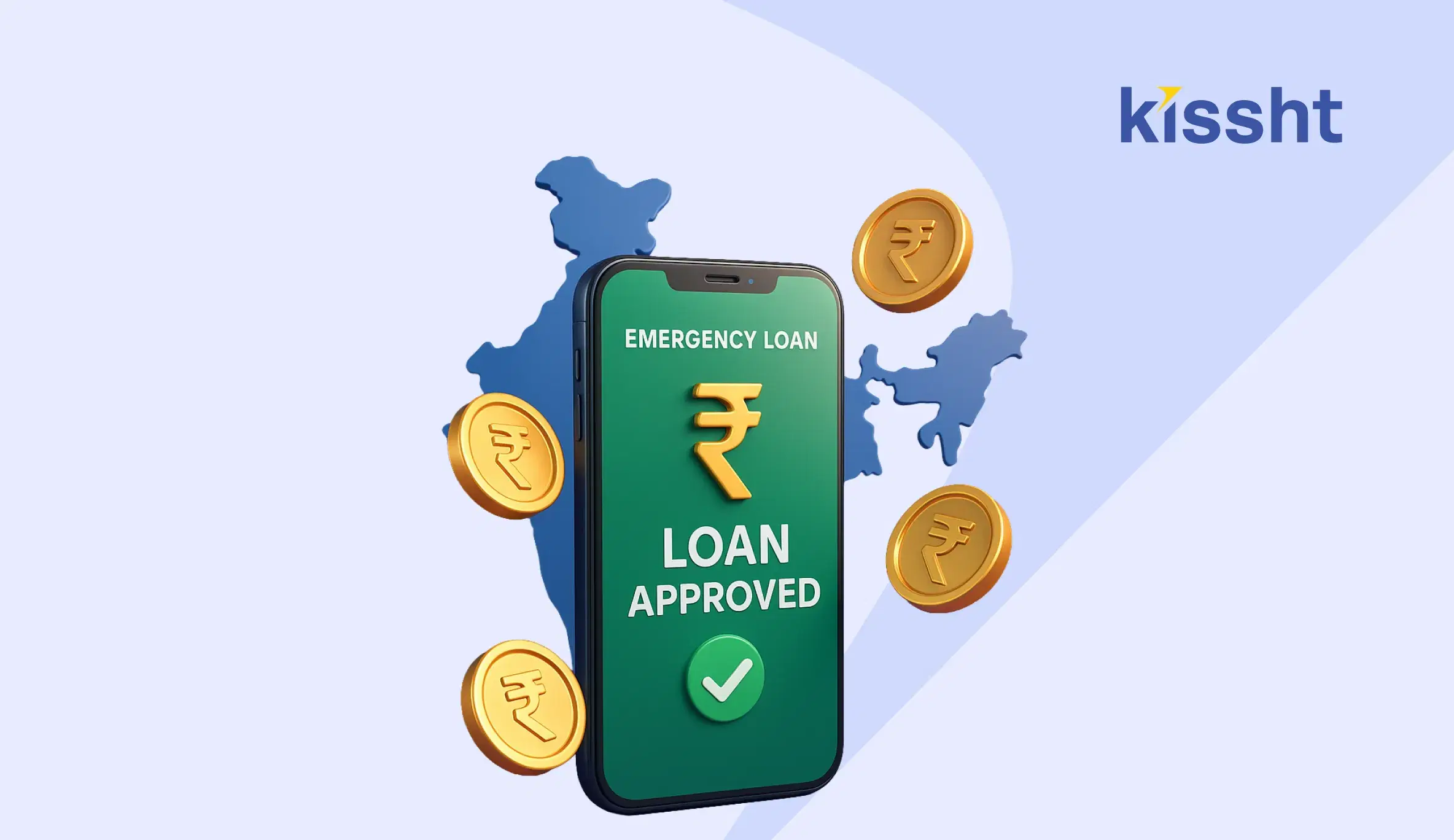
Nov 26, 2025
Fastest Emergency Loan Apps in India: Complete Comparison Guide

Nov 28, 2025
Personal Loan for Senior Citizens in India
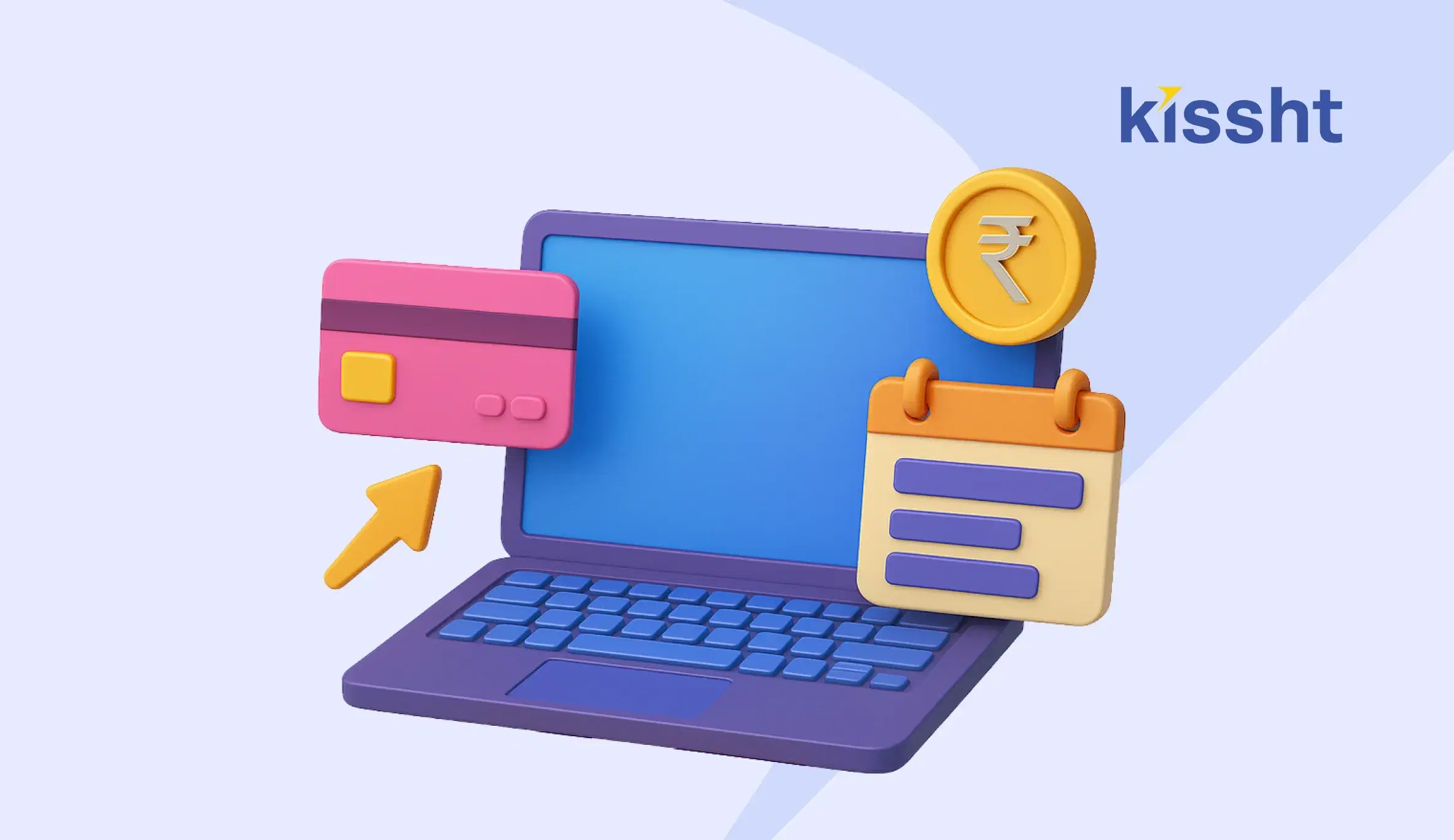
Nov 28, 2025
How to Buy a Laptop on EMI Using a Personal Loan

Nov 24, 2025
Personal Loan for Pensioners in India: Eligibility, Benefits & How to Apply

Nov 24, 2025
What Are Collateral-Free Loans? A Complete Guide for Beginners
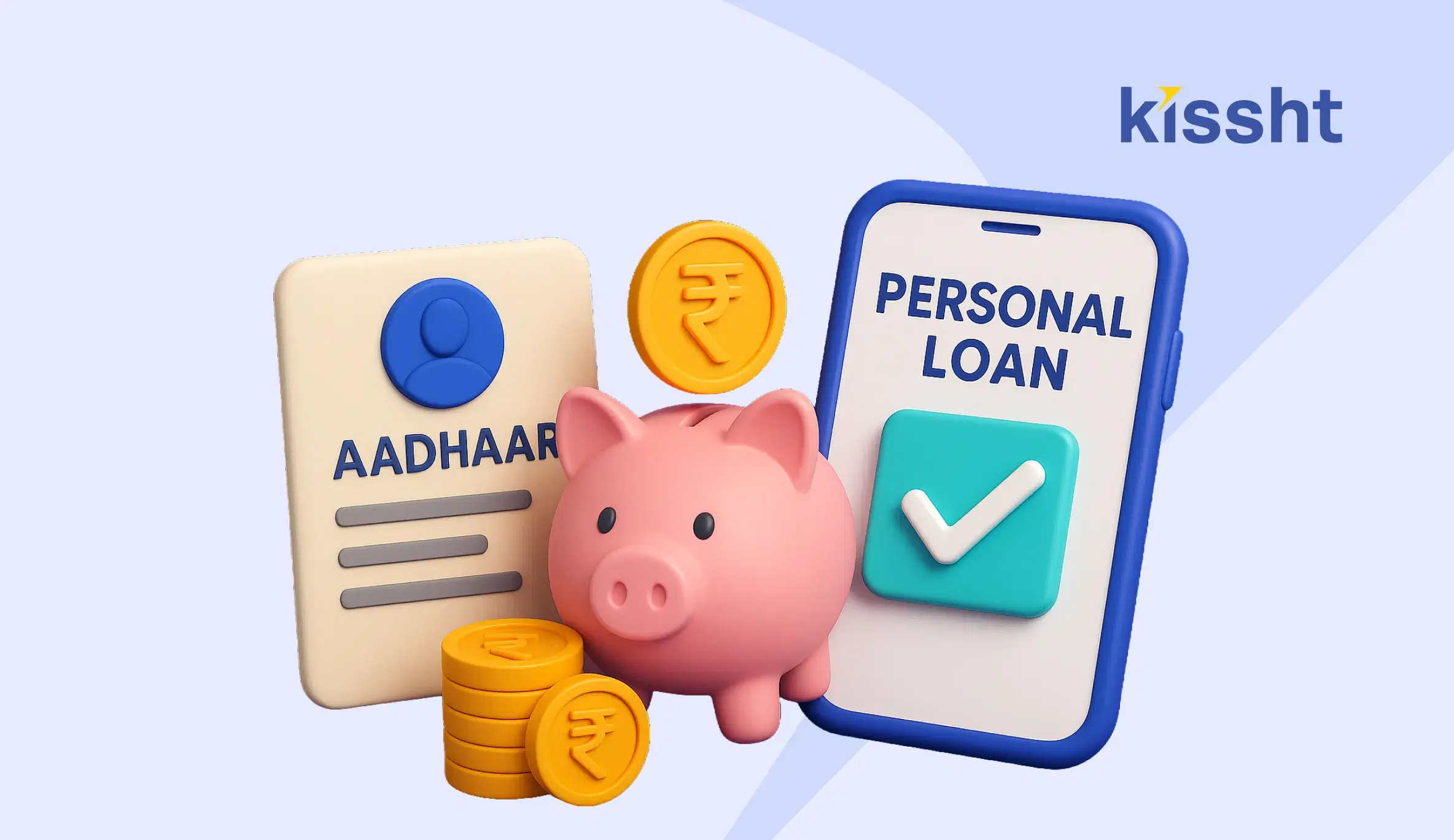
Nov 27, 2025
Can I Get a Personal Loan Using Only an Aadhaar Card? Complete Guide

Nov 24, 2025
